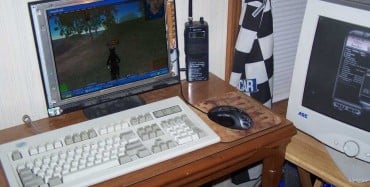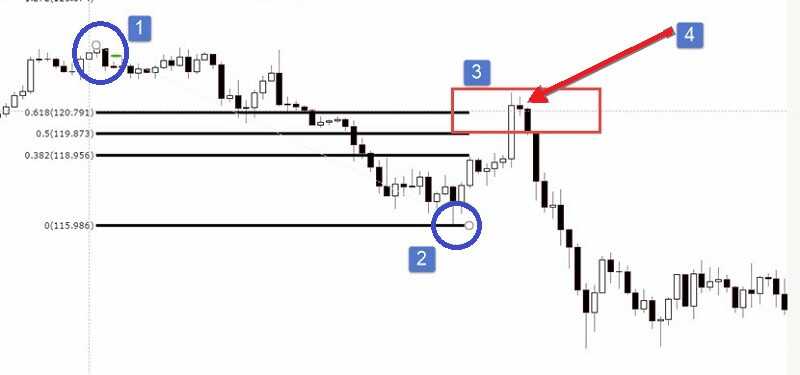3 min read

Millennials, also known as Generation Y or Gen Y, are the demographic group following Generation X and preceding Generation Z.
The results of the survey showed that 59 percent of people aged 18 to 34 years of age consider their peers egoistic, 49 percent that they are useless, and 43 percent greedy.
Only 36 percent of the millennials stated that members of their generation are hardworking, and 24 percent are responsible.
Is that right?
Generation Y is often characterized as a group of young people who are lazy, irresponsible, and who expect to be served almost for nothing. A survey by the British magazine Guardian suggests the opposite, indicating that stereotypes about the millennials are largely ungrounded assertions.
A lot of articles have been written about what the millennials have ruined.
This is the generation that changes the world by not agreeing to a job of 9 am to 5 pm, to conventional jobs.
They are shaped by the fact that the state did not provide the job for them as it was normal for older generations after the education.
Contrary, they are working in a world that is in ever-increasing debt.
But all of them were born in the period from 1980 to 1997. Today, they are a majority of the working-age population that is increasingly taking over the labor market and imposing his rules. And these are the ones that the older generations call “the youngsters”.
What are myths about millennials and their business habits and how correct are they?
Prejudice about Generation Y is not rare.
For example, they are spoiled, lazy and dependent on technology.
It’s important to know these prejudices, whether you are millennials or need to employ them.
Let’s break down some of the prejudices.
All the millennials are the same.
Although it is quite easy to identify some common values and habits among the millennials, the fact is that their number is so large that any generalization at the start must be wrong.
Even marketers who target millennials are always choosing subgroups within this generation.

Millennials are not all the same
That can vary drastically!
The millennials are equally, a guy with 24 who lives with his parents and drink in front of the drugstores, as well as the successful 36-year-old CEO.
That’s why, in the first place, they should be viewed as individuals, not as homogeneous groups of people of certain generations.
Millennials are lazy.
The fairly widespread prejudice of the millennia is that they want higher and better status. And much before they earn them and without any efforts. Besides, many are ready to say, they are not prepared to do as much as necessary to achieve the set career goals.
 Personal development is goal 1 for Millennials
Personal development is goal 1 for Millennials
However, research once again shows a completely different picture: the majority of millennials said that learning opportunities and personal development are extremely important. That means they are not passive or spoiled lazy people, which is often assigned to them.
The Millennials are disloyal.
This is one of the more prevalent prejudices. The millennials are not loyal to the companies that employ them and that’s why they “jump” from work to work.
In reality, research shows that Generation Y stays longer with their employers than Generation X in their ages.
So, back off!
The millennials are inert.
You can hear they are satisfied with themselves and therefore do not perceive the work as a struggle.
Reality shows a different picture.
Many of them have student loans, and they are often poor because they work badly paid jobs or are unemployed.
They have average less income than two previous generations in the same ages.
This means that many of them are willing to work to provide economic benefits. This is supported by the fact that 59% of the surveyed millennials said that competition was the only reason why they got out of bed in the morning. This option was chosen as the most motivating by 50% of Baby Boomers, born between 1946 and 1964.
Millennials only deal with the digital world.
Although you certainly know at least a handful of fully digital-ignorant persons under 35. The fact is that 98%of millennials aged 18 to 24 have smartphones and are familiar with digital technologies.
 Millennials deal with the digital world
Millennials deal with the digital world
However, this does not mean that this is the only world they are dealing with.
When it comes to learning new skills, Generation Y prefers live contact, rather than via the Internet.
It is certain that this is not the end of the list of prejudices about the millennials.
To observe the whole of this group of people as homogeneous at the start is a serious error in the mind.
That’s why every person, whatever the generation belongs, should be observed as an individual who has his own characteristics and things in common with his generation. That may not necessarily determine its qualities but it will help you to understand them.
Millennials and their finances
Generation Y makes up a significant and growing percentage of the workforce, and it is estimated that by 2025, they will make up about 75% of the total workforce.
 Millennials are overflowed by debt
Millennials are overflowed by debt
The majority of millennials are overflowed by debt.
The big expense of education takes to significant debt. Some surveys show that more than 70% of millennials have at least one long-term debt.
The same source point that 30% have more than one. That may be student loans or revolving accounts. Also, Generation Y has unpaid medical bills.
All this touches millennials’ capacity to handle their outgoings. One in four, meaning 25%, has overdrawn their checking account in the past year. In the same period, 23% withdrew the money from their retirement accounts.
“Young adults may not understand how taking money out of their retirement accounts now has an exponentially negative effect on account balances in the future,” says Ted Beck, former president and CEO of NEFE.
Our question is, did they have some other possibility?
There must be some ways to earn money.
According to this research, the majority of Generation Y feel they have significant debt and they are generally disappointed with their financial position.
The fact is that paying off debt ASAP is the priority but how to do so if there is no steady paycheck?
Rising a career is a difficult and individual path.
We heard it so many times: Generation Y should think about long-term possibilities.
They have to find a solid career that will produce the income to finance expected goals.
How? Where?
Many of millennials are already in high corporate positions. But the majority still have a problem to handle their debts.
Maybe this can be the solution.
The early ages are a good period of life to save for major purchases.
Don’t waste your money!







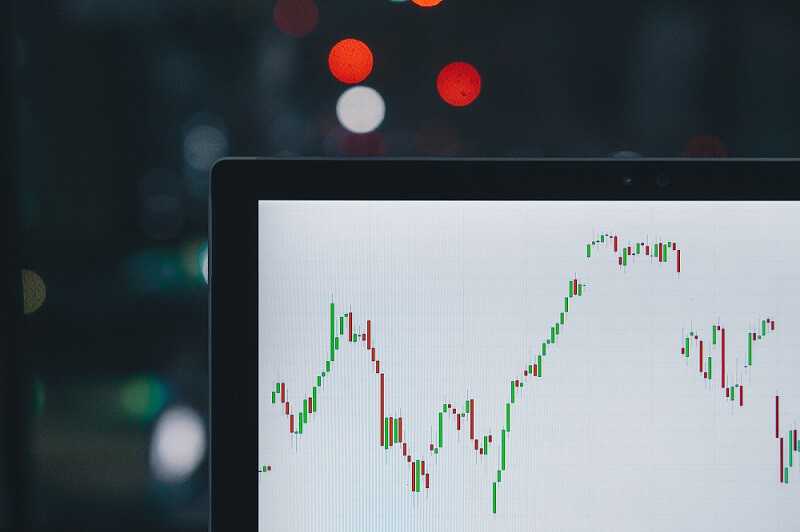


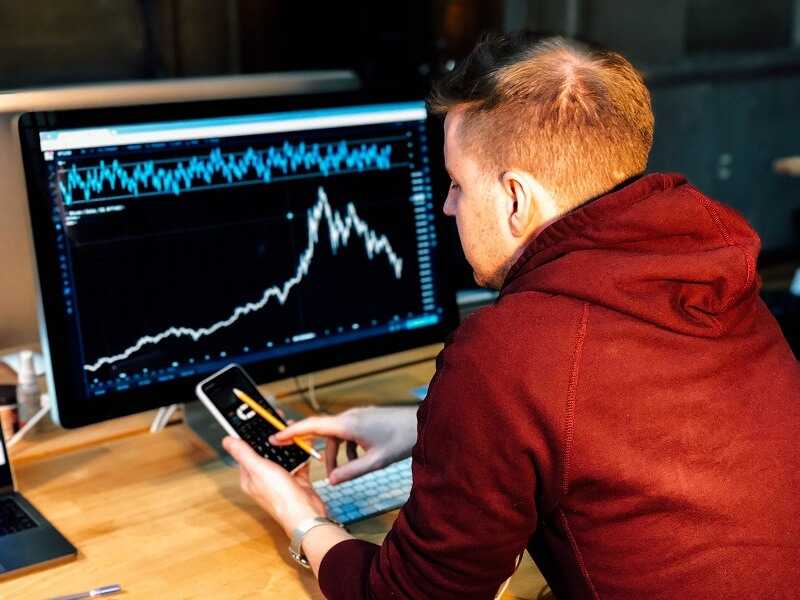


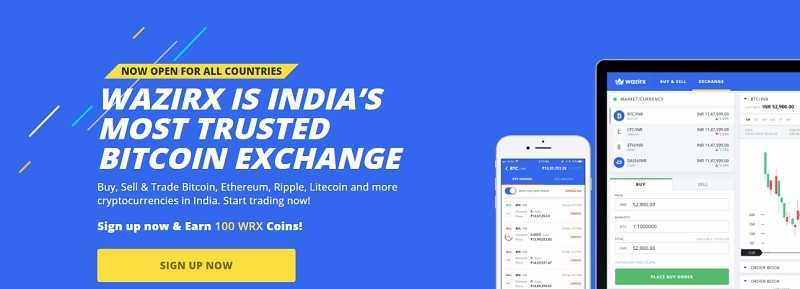
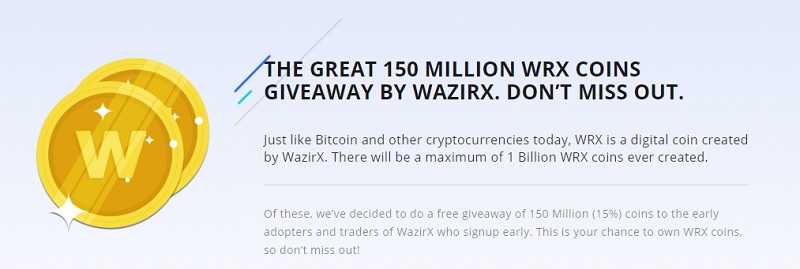

 Forex trading commissions can eat up a big part of your Forex profit.
Forex trading commissions can eat up a big part of your Forex profit. 




 What is a Bear market rally, how to recognize it, what to do?
What is a Bear market rally, how to recognize it, what to do?
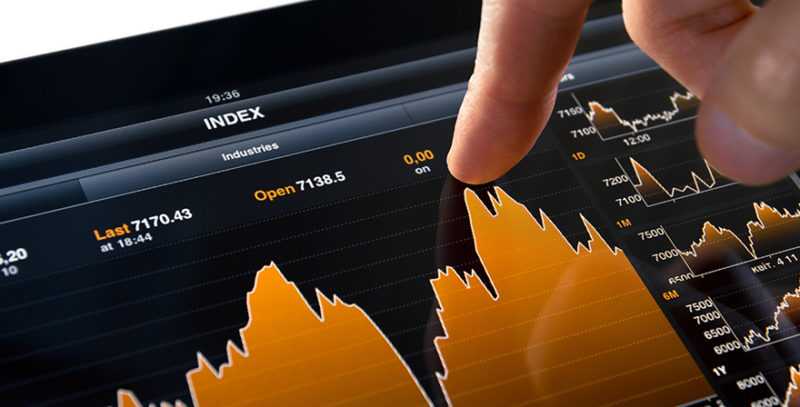 How to choose the right Forex broker? What are the best of the best in the market?
How to choose the right Forex broker? What are the best of the best in the market?
 When the investors don’t have hope in stocks and start to sell, the stock price will drop more and more
When the investors don’t have hope in stocks and start to sell, the stock price will drop more and more